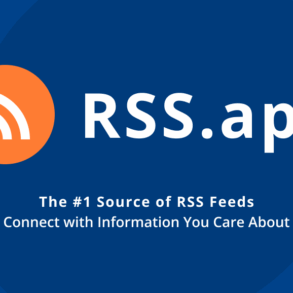
To further explore the relationship between ACS data quality and social network diversity, we conducted correlation analyses. Correlations vary between -1 and 1. A correlation of 0 means that two variables have no relationship to each other, while a value of -1 or 1 shows a perfect (either positive or negative) relationship between them.
Table 1 shows that the correlation between response rates and economic connectedness — the variables mapped in Figures 1 and 2 — is 0.1789. This means there is a relationship but a weak one between these variables. In other words, while social network diversity may be related to some of the variation in ACS response rates across the country, a combination of other variables likely explains the rest of the variation.
For our nonresponse bias measures, which capture how different ACS respondents are from the population as a whole, the correlation for most of the bias variables and economic connectedness was negative. This means that areas where people had more diverse social networks had lower nonresponse bias (better data quality).
The right column of Table 1 shows the relationship between clustering and quality measures. The relationship here isn’t as strong — the correlations are significant for fewer variables in tables. But for most of the bias variables with a significant correlation, higher clustering (more insular social networks) was associated with higher nonresponse bias.
It is particularly interesting that social clustering was related to more nonresponse bias in households in which a member of the household had a disability and in those with children under 10 years old. These groups are of particular concern when considering hard-to-count populations.
This post was originally published on this site be sure to check out more of their content








